 History, culture, traditions, Colombia doesn’t lack any of these at all so if you’re visiting the city of Medellin, there are so much to explore and discover. You’ll notice how Colombians are very artistic because of the literature, sculptures, paintings, architecture, crafts they sell on streets or stores, the interior designs of houses, music, and even the way they dress themselves.
History, culture, traditions, Colombia doesn’t lack any of these at all so if you’re visiting the city of Medellin, there are so much to explore and discover. You’ll notice how Colombians are very artistic because of the literature, sculptures, paintings, architecture, crafts they sell on streets or stores, the interior designs of houses, music, and even the way they dress themselves.
It’s utterly impressive how intact their culture, traditions and language are. They still practice speaking their own local language everyday, they celebrate their local artists through festivals, dances Salsa or other Latin American dances. The amount of passion they pour into what they love to do is admirable and is seen through their outputs, whether its writing, painting, music and other form of the arts.
I’ve met some locals who are simply gifted with the arts who are good in their own craft such as drawing, making accessories or playing Poi. It is indeed inspiring as its truly an abundant city of these passions enriched throughout the years. So once you get to visit this city, don’t skip visiting museums around Medellin. There are a lot and you’ll never get tired of seeing each of them as they have unique things to offer.
Photo courtesy of www.colombiapasajes.com

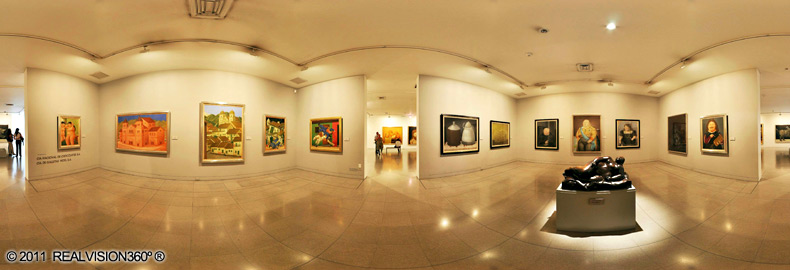 Let’s begin with the famous landmark and museum in Medellin, the Museo de Antioquia which is located in Parque Botero near the Metro Berrio train station. The beautiful art museum has a a lot of artworks of the famous painter and sculptor from Medellin’s very own Fernando Botero. The old building has it’s interior intact despite so many years has already passed and there’s a small cafe inside where you can have your cup of Tinto (brewed coffee) if you need a break.
Let’s begin with the famous landmark and museum in Medellin, the Museo de Antioquia which is located in Parque Botero near the Metro Berrio train station. The beautiful art museum has a a lot of artworks of the famous painter and sculptor from Medellin’s very own Fernando Botero. The old building has it’s interior intact despite so many years has already passed and there’s a small cafe inside where you can have your cup of Tinto (brewed coffee) if you need a break.
Surrounding the museum, the Botero Plaza has his huge signature style sculptures which are people or figures in large and exaggerated sizes which is known as Boterismo. Definitely these are not hard to miss as gigantic sculptures are scattered around the plaza. Varying from people to animals, there’s no chance you’ll miss it.
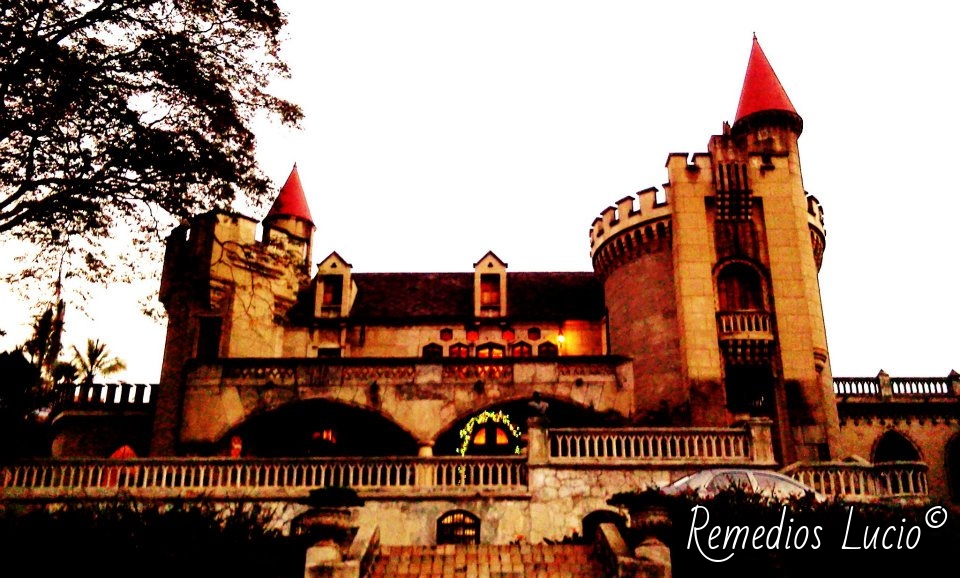 I stumbled upon a unique museum in Medellin called Museo el Castillo, which was introduced to me by a Colombian friend. He said it was built in 1930 and was patterned after the medieval castles of the Loire in France.
I stumbled upon a unique museum in Medellin called Museo el Castillo, which was introduced to me by a Colombian friend. He said it was built in 1930 and was patterned after the medieval castles of the Loire in France.
Jose Tobon Uribe, who brought in the architectural plan of the castle, lived there then latter it became a home of Diego Echavarria Masses, a philantropist in Colombia, prior to becoming a museum where porcelains, tapestries, antiques, paintings and other collections from their travels around the world are displayed.
It’s better to bring a friend or a local who knows Spanish very well as the tour guide speaks in their own language explaining the history and details of everything inside the castle. It’s worth a visit as you’ll find different things from around the world varying from spoons, swords, dolls, etc. I even found two Filipino dolls dressed in Filipiniana so that was quite a treat!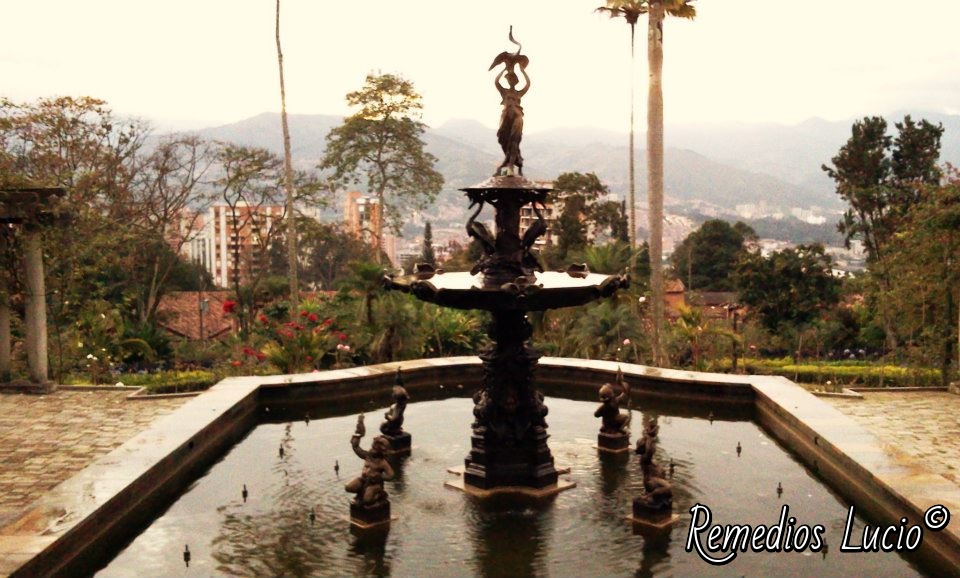
Afterwards, have a cup of Tinto in the small cafe with some cookies like Corazon, a delicious heart shaped sugar cookie, or bread. It’s a good way to talk about what you saw and share your experiences. Spend some time inside the cafe or go out have your coffee at the sprawling garden where you can take a seat at the gazebo or have a picnic under the trees.
There’s a nearby museum that’s smaller compared to the previous ones but it’s worth visiting. I stumbled upon the Casa Museo Otraparte in Envigado when I was having coffee with my friends from AIESEC at the El Cafe de Otraparte beside it.
I went back with another Colombian friend and luckily the museum was open but the cafe was closed. It was the house of Fernando Gonzalez, a literary figure in Colombia, which displays some of his literary quotes and antiques. The garden outside is also beautiful with the fountain and luscious greeneries surrounding his house.
 Photo courtesy of Medellin Living
Photo courtesy of Medellin Living
After exploring this museum, stop by the El Cafe de Otraparte to have a nice cup of coffee and meal. I love how this cafe house a lot of books and a garden with tables and chairs where you can sit and enjoy their food. One of the things I learned is to take your time and not rush when eating which was also one of the things my Colombian friends taught me. It’s a nice change compared to living a fast-paced life in Manila.
Photo courtesy of www.colombia.com
I’ll touch briefly on another museum but is also a tourist destination called Pueblito Paisa which sits on top of the hill in the middle of the city. There will be a separate feature about it in the future articles of The HodgePodge Lifestyle. It’s like small town that has several restaurants, a church, a museum and a garden. The museum encases antique Colombian collections that were kept throughout the years from tables, lamps, telephones and such. I’ll write more about what you can do here in the next few articles.
Literatura (literature) is one of the greatest contributions of Colombia. As an example, the Nobel Prize winner Gabriel Garcia Marquez is a well-known Colombian writer with his novels such as Love in the Time of Cholera and One Hundred Years of Solitude which made him a success.
Visiting the Medellin libraries should be a part of your itinerary as they are abundant with great novels from well-known and local writers. There are several bibliotecas (libraries) you can visit during your stay in the city.
A unique structure in Santo Domingo Savio neighborhood of Medellin is the Parque Biblioteca España, a biblioteca that has three buildings made to look like three black stones on a hill. It was named after Spain as their government helped Colombia with the funding of the project. The buildings have a library, training rooms and an auditorium that are separated within the three stone buildings. The windows are small to create an isolated or detached feeling for people using the library from the outside world (or shall I say distraction from it) while reading books.
Designed by Giancarlo Mazzanti, a Colombian architect, it can be reached when you ride the Medellin Metrocable (cable car). Along the way you’ll see the houses from the lower class with black and white photos on some of the rooftops. It’s a favorite view of mine apart from the Biblioteca España of course.
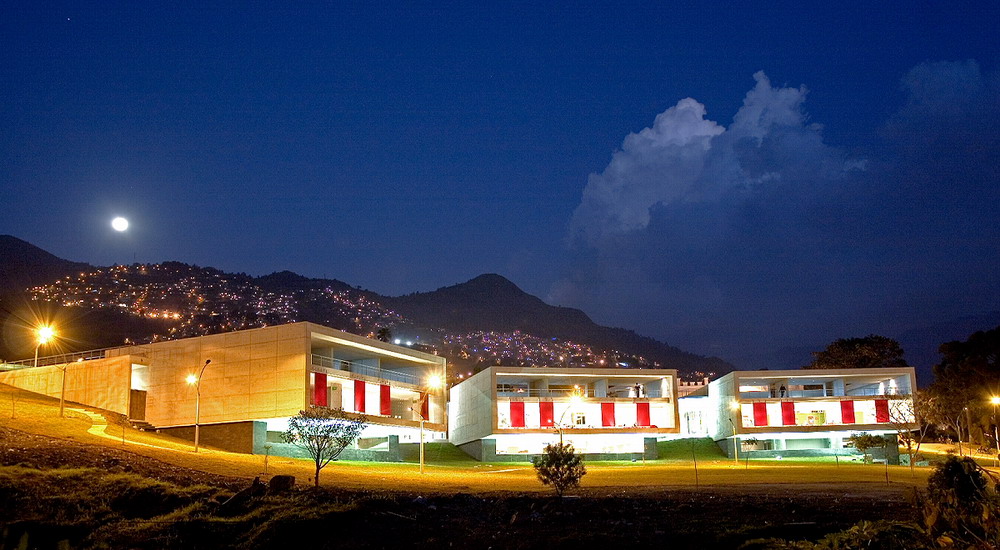 Photo courtesy of www.sancheztaffurarquitecto.wordpress.com
Photo courtesy of www.sancheztaffurarquitecto.wordpress.com
Photo courtesy of Skyscaper Cities
Near where I worked was La Ladera Parque Biblioteca (also known as Leon de Greiff Library), a library park that was named after Leon de Greiff and designed again by architect Giancarlo Mazzanti. Interestingly, it was a 19th century monastery transformed into La Ladera prison which housed more than one thousand prisoners before it became a biblioteca.
 Photo courtesy of www.healthymedellin.weebly.com
Photo courtesy of www.healthymedellin.weebly.com
Parque Biblioteca San Javier (also known as Father José Luis Arroyave Restrepo Library was designed by architect Javier Vera, it’s a library and park situated at the San Javier commune, a hillside area of the Metro station. It’s a gateway to the Comuna 13 community which has one of the most populated areas of Medellin. The garden area is usually where locals hold meetings and simply to enjoy the outdoors while the biblioteca has its own Internet cafés, recreational rooms and study areas.
Immerse yourself in Colombian culture and appreciate how they preserve it through these museums, arts and libraries. Take your time and indulge in new learning, experiences and adventures. You never know as you might find a new nugget of information that will be with you years after you visited this country like I did which you can share to your family and friends through your stories.
Watch out for the next feature of The HodgePodge Lifestyle about the different churches, parks and malls in Medellin!
For more info on the libraries, the arts and the museums of Medellin, visit the following website at:
Website: Colombia
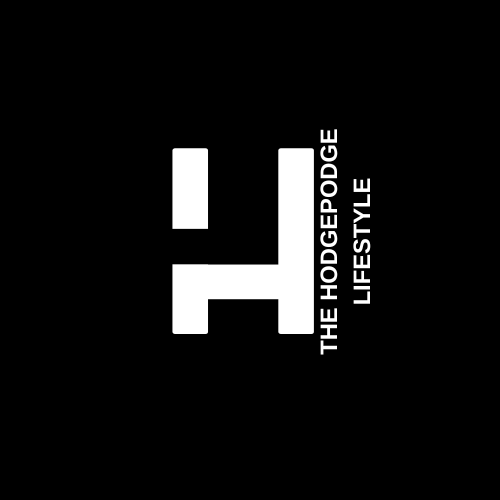









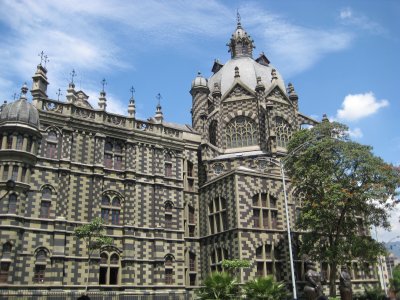
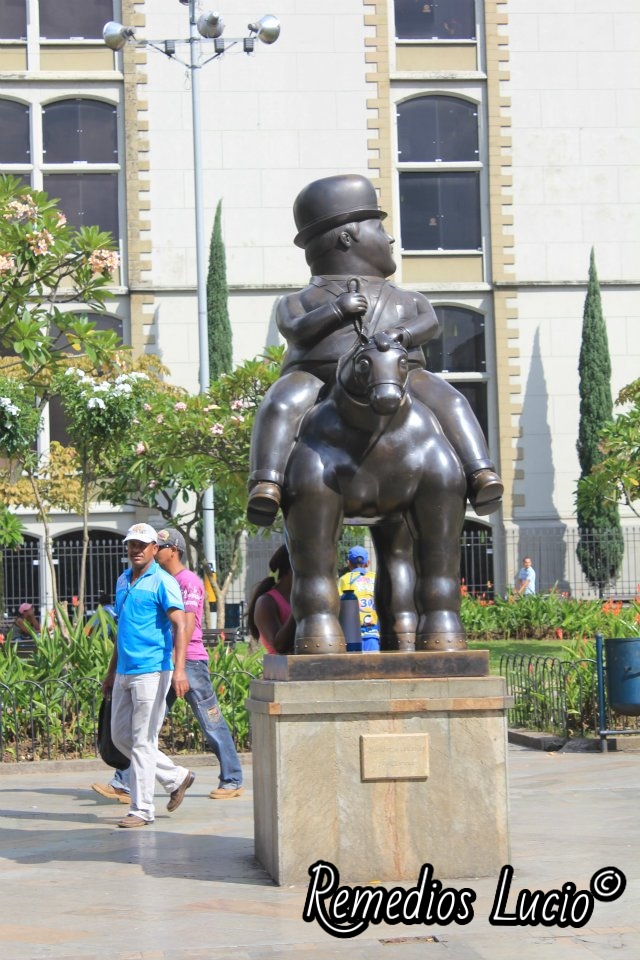



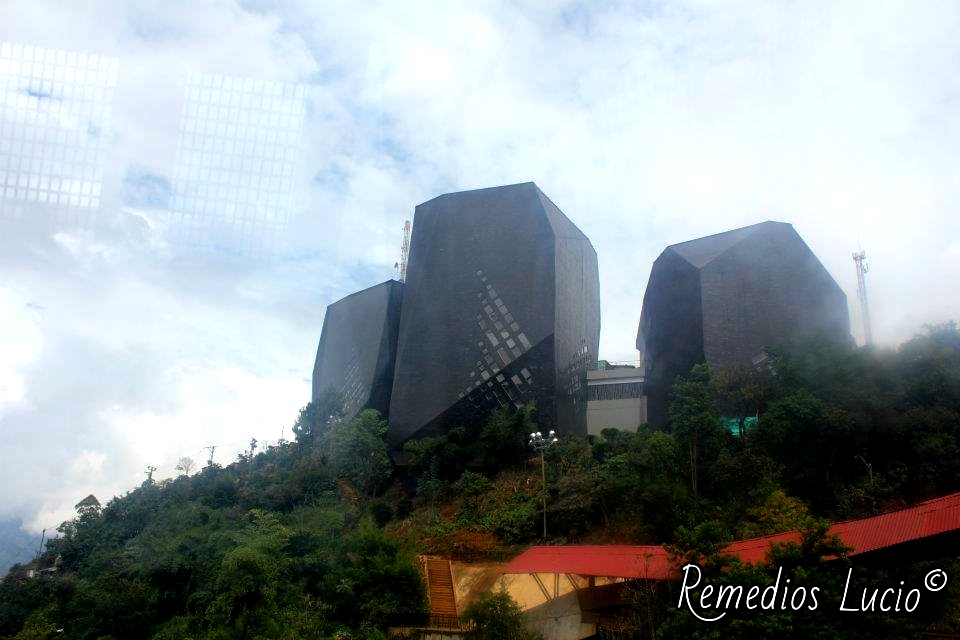



Wow! You’re so lucky to have had the chance to visit such a beautiful place. 🙂 Everything looks interesting!
Thanks Nadine! You should visit Colombia and immerse yourself in their local culture. 🙂